Hotshot trucking has emerged as a lucrative business opportunity for independent truckers and small fleet owners. With the increasing demand for expedited freight transport, understanding the specifications of flatbed trailers is crucial for maximizing efficiency and profitability. This guide will delve into the optimal size of flatbed trailers for hotshot trucking while addressing various factors to consider in the decision-making process.
Understanding Flatbed Trailer Sizes
Flatbed trailers come in various sizes, typically measured in length and weight capacity. Common lengths for flatbed trailers are:
| Trailer Length | Weight Capacity | Common Uses |
|---|---|---|
| 20 ft | Up to 10,000 lbs | Small loads like machinery or pallets |
| 24 ft | Up to 12,000 lbs | Mid-size equipment and cargo |
| 30 ft | Up to 15,000 lbs | Larger machinery and vehicles |
| 40 ft | Up to 20,000 lbs | Heavy machinery and bulk materials |
Choosing the Right Size for Hotshot Trucking
Selecting the correct flatbed trailer size is imperative for hotshot trucking. The size must accommodate your typical load while remaining within legal limits for weight and dimensions.

Typical Load Considerations
Type of Cargo: Different loads require specific trailer dimensions. For example, vehicles might need fewer tie-down points, taking less space than pallets of materials that are bulkier.
Weight Distribution: Not only the overall weight but the distribution of that weight is vital for safe transport. Ensuring that the cargo remains stable is essential to avoid hazardous situations on the road.
Regulatory Compliance: Each state has specific regulations regarding the maximum weight and size of trailers. Familiarize yourself with local laws to ensure compliance, which can save costly fines and affecting your delivery deadlines.
Weight Limits and Regulations
In addition to size, understanding weight limits is critical in hotshot trucking. The Federal Highway Administration (FHWA) outlines weight restrictions, generally allowing:
- Single Axle: maximum of 20,000 lbs
- Tandem Axle: maximum of 34,000 lbs
- Gross Vehicle Weight (GVW): typically not exceeding 80,000 lbs including the truck’s weight
Understanding these regulations enables drivers to optimize their loads without breaching legal thresholds.
Flatbed Trailer Types for Hotshot Trucking
When engaging in hotshot trucking, there are several types of flatbed trailers to consider:

1. Standard Flatbed Trailer
- Description: The most common flatbed, offering expansive open space for a variety of cargo.
- Usage: Suitable for hauling building supplies, heavy machinery, and vehicles.
- Advantages: Versatility and ease of loading/unloading.
Considerations:
- Requires proper securing mechanisms to prevent load shifts.
- More susceptible to weather damage without a cover.
2. Drop Deck (Step Deck) Trailer
- Description: Features a lower deck height for transporting taller cargo.
- Usage: Ideal for shipping construction equipment and oversized items.
- Advantages: Allows for greater permissible height limits due to its two-level design.
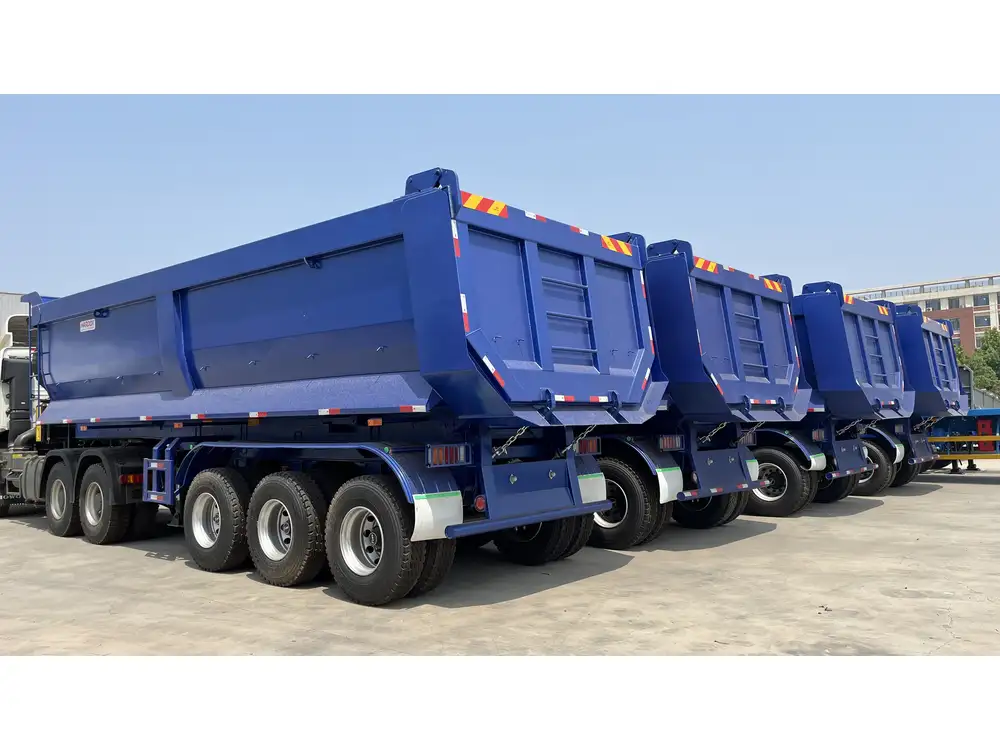
Considerations:
- More complex loading processes compared to standard flatbeds.
- Heavier loads may require special permits if exceeding local regulations.
3. Gooseneck Trailer
- Description: A type of dropped deck trailer that connects to the truck via a gooseneck hitch for added stability and load capacity.
- Usage: Often used for hauling heavy, bulky items like boats, or multiple vehicles.
- Advantages: Enhanced maneuverability and increased capacity for payload.
Considerations:
- Requires a specialized hitch on the truck.
- Cannot be used with all types of vehicles due to weight distribution requirements.
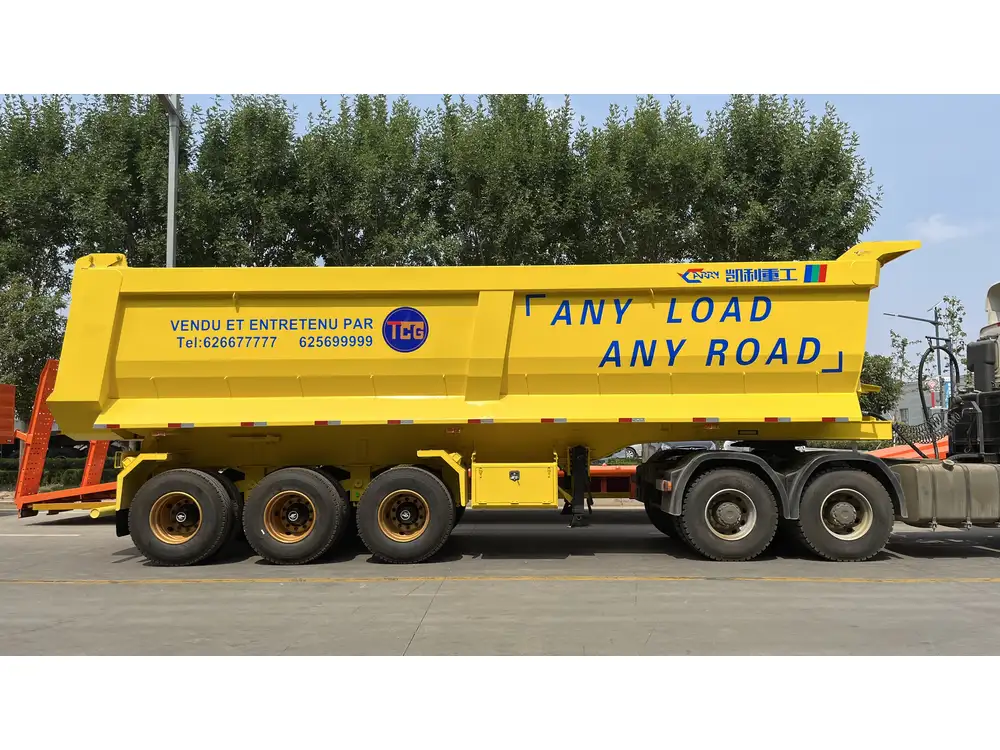
Load Securement Techniques
Regardless of the trailer type, securing the load is vital for safe transportation. Common methods to secure flatbed loads include:
1. Straps and Ratchet Straps
- Usage: Utilized to bind the cargo tightly to the trailer.
- Types: Heavy-duty nylon straps are ideal for most applications, with ratchet mechanisms providing additional tension and security.
2. Chains and Binders
- Usage: Primarily for industrial equipment and vehicles.
- Advantages: Chains are less prone to breaking under heavy tension compared to straps.

3. Tarps
- Usage: Protects cargo from elements.
- Benefits: Essential for loads that are sensitive to weather, ensuring they arrive in prime condition.
Cost Implications of Trailer Size
Cost-effectiveness is a crucial factor when selecting a trailer size. The initial investment varies widely among trailer types and sizes:
| Trailer Type | Average Cost | Maintenance Cost |
|---|---|---|
| Standard Flatbed | $5,000 – $20,000 | Moderate |
| Drop Deck | $10,000 – $30,000 | Moderate to High |
| Gooseneck | $8,000 – $25,000 | Moderate to High |
Long-Term Financial Considerations
Tariffs and Permits: Larger trailers may incur higher tariffs and specific permits.
Fuel Efficiency: Different trailer sizes can impact fuel consumption. Heavier trailers may reduce overall efficiency and increase operational costs.
Insurance Costs: The size and type of trailer can influence your insurance premiums. Consult with your insurer to understand these nuances.
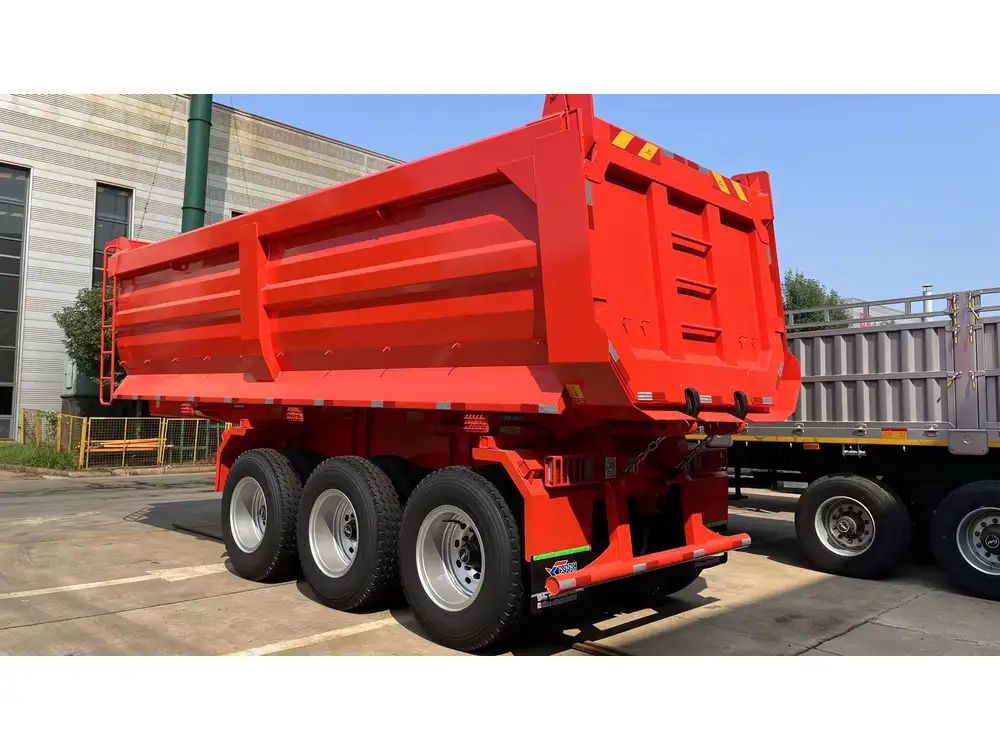
Effective Marketing Strategies for Hotshot Trucking
Once you have determined the precise size and type of flatbed trailer for your hotshot trucking endeavor, marketing your services is the next step. Consider these strategies:
1. Build an Online Presence
A professional website is crucial in today’s digital marketplace. It should showcase your services, equipped with easy-to-understand explanations of what sets you apart from competitors.
2. Utilize SEO Techniques
Employing search engine optimization strategies enhances visibility. Use keywords relevant to hotshot trucking, including “flatbed trailer hotshot size,” to attract organic traffic.
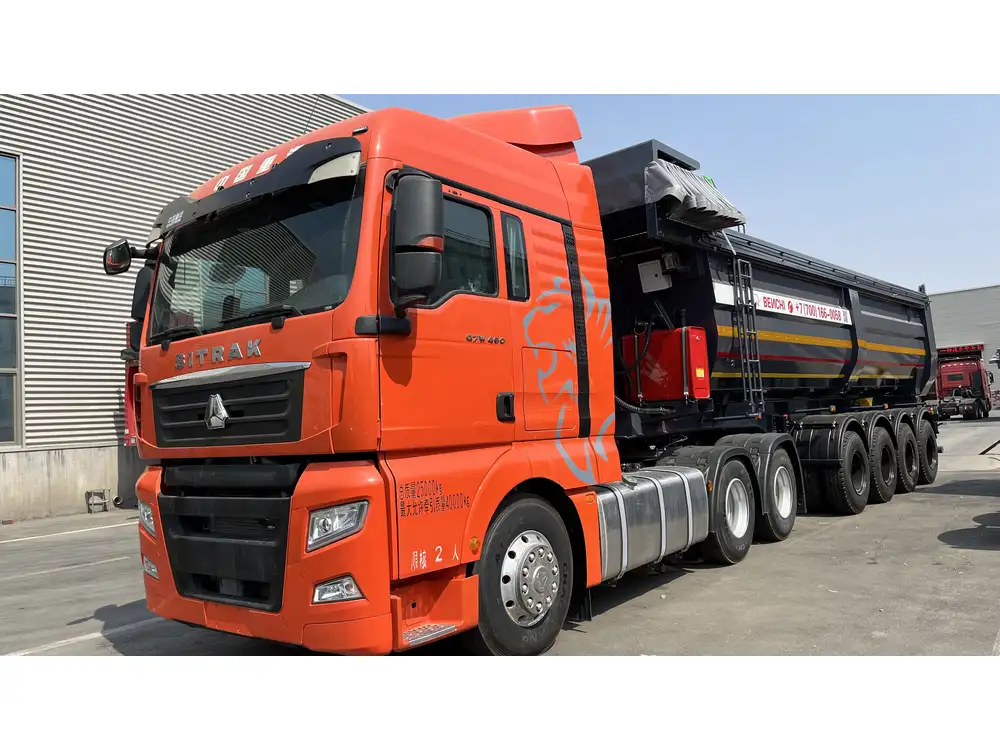
3. Leverage Social Media Platforms
Social media is an untapped resource for building a customer base. Share testimonials, photos of recent hauls, and engaging content that illustrates the reliability and efficiency of your services.
Pitfalls to Avoid When Choosing a Flatbed Trailer
Despite comprehensive planning, there are common pitfalls that operators may encounter:
1. Inadequate Research
Understand the requirements for your operations—failure to research thoroughly could lead to costly mistakes.
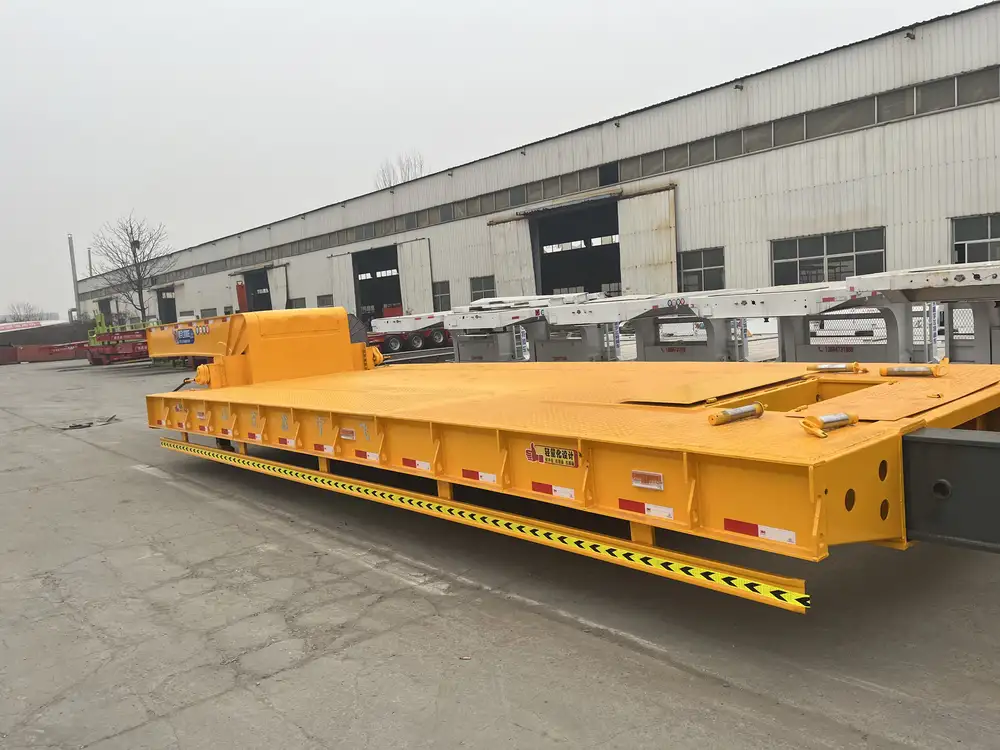
2. Overloading
Consistently exceeding the maximum weight can lead to fines and potential vehicle damage.
3. Poor Load Securing
Inadequately secured loads can cause accidents and cargo damage, jeopardizing business reputation.
Conclusion
Choosing the right size flatbed trailer for hotshot trucking is a multifaceted decision requiring careful consideration of various elements such as load types, weight regulations, and operational costs. Understanding these aspects will not only enhance efficiency but also contribute to the overall success of your hotshot trucking business. By securing your loads effectively and employing strategic marketing techniques, you can ensure a safe and profitable venture in the ever-evolving logistics industry.
By taking these factors into account, you’re better positioned to make informed decisions that will lead to long-term success in the competitive field of hotshot trucking.



